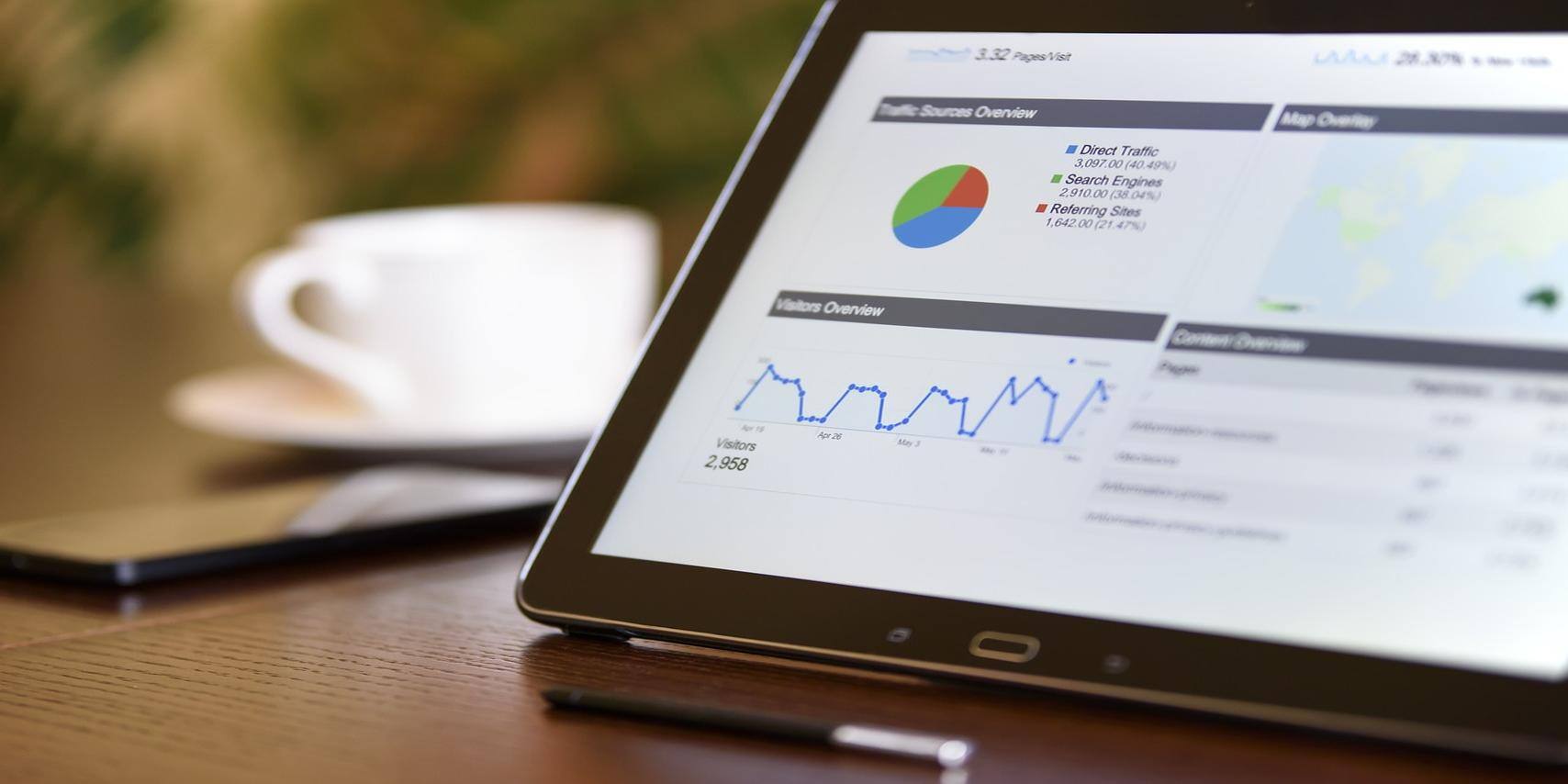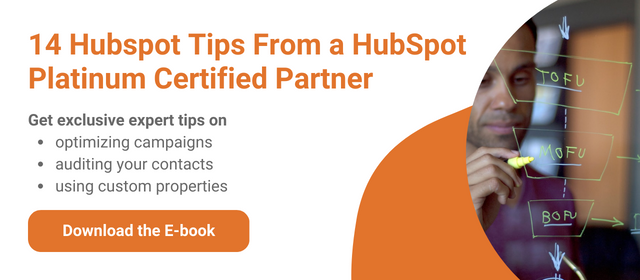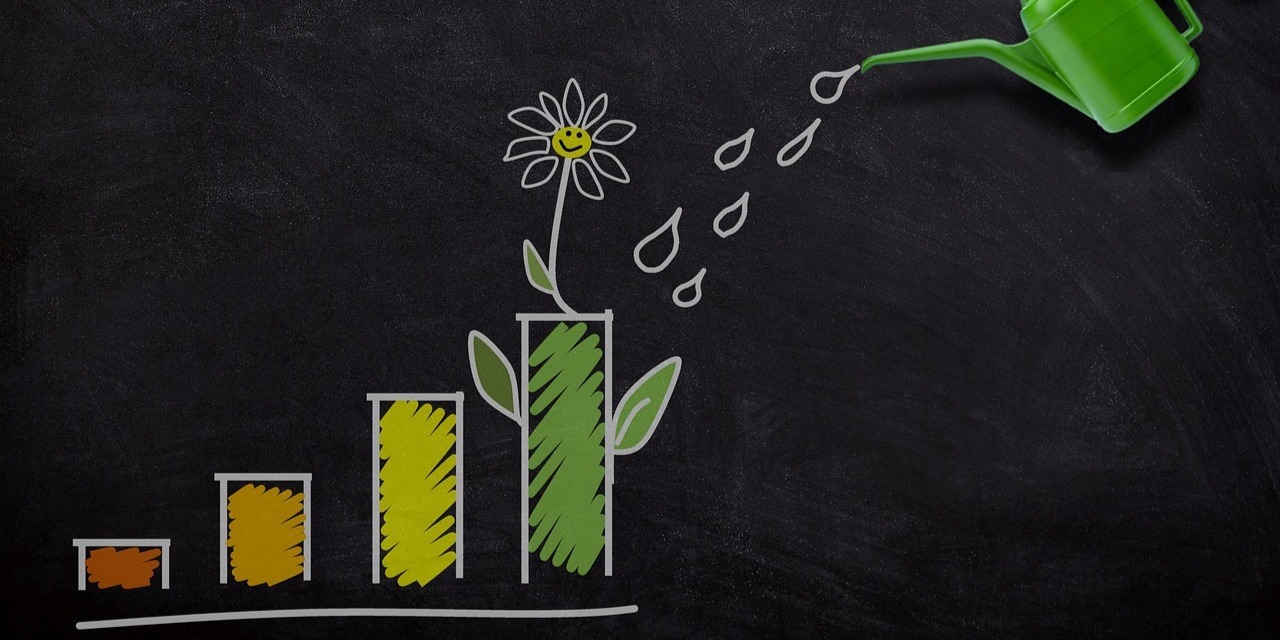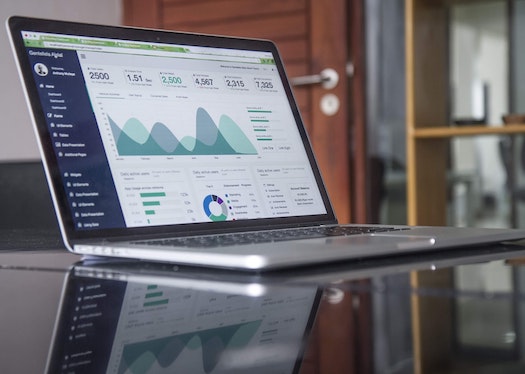SHARE
Need Help Boosting Engagement? Try HubSpot Customer Activity Tracking!

Track Customer Activity Effortlessly and Turn Insights into Engagement with HubSpot CRM
Understanding your customers is at the heart of driving revenue growth. But many companies struggle to make sense of all the data in their CRM and turn leads into loyal customers—especially if there’s a need for thorough CRM data clean up to ensure accurate records. CRMs are overflowing with marketing contacts—leads who downloaded a resource, opened an email, or visited your website—but you have no idea who’s ready to engage or buy. HubSpot's CRM customer activity tracking and activity feed tools solve this by centralizing every interaction: website visits, email engagement, purchase history, and more.
Not only does this give you the insights you need to deliver a personal touch— building trust and relationships that drive loyalty—it also provides your marketing and sales teams with precise data to target the right message at the right time, accelerating deals and unlocking revenue growth. For example, if you notice a lead repeatedly viewing pricing pages, you can send a personalized email with customer success stories that highlight ROI or offer to schedule a call to address pricing questions.
After reading this article, you’ll be a pro at using HubSpot’s tracking tools to unlock the power of your CRM. We’ll show you how to effortlessly track customer behaviour, identify key engagement signals, and turn scattered data into actionable insights. Whether you’re looking to improve lead nurturing, personalize outreach, or streamline your sales process, this is the guide to help you get the most out of your CRM and drive meaningful results.
Why Customer Activity Tracking Matters
Mastering customer activity tracking is a crucial first step in aligning your sales and marketing efforts. By knowing who is in your CRM, your sales team can prioritize leads based on engagement metrics—think email opens or campaign interactions—while your marketing team can fine-tune strategies by analyzing which touchpoints drive conversions. By unifying these insights, you’ll have both teams seamlessly working together to deliver personalized, timely engagement that keeps customers connected to your brand.
Let’s say you have a lead in your CRM who seems interested. Last week, they visited your website multiple times, browsed a few key product pages, and even downloaded a whitepaper. Then, they clicked through a couple of links in a follow-up email. On its own, each of these actions might seem small—but together, they tell a bigger story. Without this information on hand, your sales team might miss the perfect window to follow up with a relevant offer. But by tracking these interactions, you get a clearer picture of your lead’s interest and intent, allowing you to act at the right time.
Okay—let’s back up a bit. What does all of this mean for your business? The short answer is: better workflows, smarter decisions, and more efficient operations. HubSpot's CRM automated tracking reduces the manual grunt work of data collection, freeing up time for sales and marketing teams to focus on building strategies that drive growth.
HubSpot's CRM Customer Activity Tracking Features
There was a time when two reps followed up with the same lead without realizing it. While we're sure this kind of awkward double-email situation still happens, it's highly unlikely that you'll encounter it using HubSpot's customer activity tracking tools. Let’s jump into a few of HubSpot's CRM features and examples that will help you execute:
- Contact Activity Timelines: HubSpot’s timeline consolidates every interaction—emails, calls, form submissions, and website visits—in one chronological view. For example, you can see exactly when a lead downloaded your whitepaper, attended a webinar, and opened a follow-up email, giving your team the context they need to tailor outreach.
- Email Tracking and Notifications: With HubSpot, you’ll know the moment a customer opens an email, clicks a link, or replies. If a lead opens your email three times but hasn’t responded, your sales team can jump in with a personalized follow-up while the interest is still high.
- Website Activity Monitoring: HubSpot’s website activity tools go beyond basic page visits. You can track which product pages a lead is returning to, how long they’re staying, and what resources they’re downloading—helping your team identify buying signals and prioritize the hottest leads.
- Integration with Marketing Tools: HubSpot connects seamlessly with marketing campaigns, ads, and social media. Imagine launching a LinkedIn campaign and immediately seeing how those leads interact with your website and emails. This integrated view means your sales and marketing teams are always aligned, working with real-time engagement data.
With these tools, you’re not just collecting data—you’re turning it into actionable insights that move the needle on engagement.
Seamless Integrations for Greater Efficiency
Next up, HubSpot CRM doesn’t just centralize your data—it connects it seamlessly with the tools you already use. Every sales rep knows the feeling when they forgot to log an email and had to scramble to remember what they said when a lead replied weeks later. By integrating your CRM across platforms, you eliminate silos, enhance collaboration, and streamline workflows. Here’s how:
- Email and Calendar Integration: Imagine this: A sales rep sends an email to a promising lead from their Gmail account. Instead of manually logging the email into the CRM later, HubSpot automatically tracks and logs it, along with any replies. That same lead books a follow-up meeting, which syncs to the sales team’s calendar—no extra steps, no missed context. This keeps the team organized and frees them up to focus on closing deals, not data entry.
- Third-Party Apps: Let’s say your team uses Slack to share updates. With HubSpot’s Slack integration, a message pops up in the channel the moment a lead opens a critical proposal email or registers for a webinar. This real-time visibility allows the team to coordinate a quick follow-up, keeping the momentum going. Similarly, integrating HubSpot with Shopify means tracking not just purchases but abandoned carts—so marketing can send targeted emails to bring customers back.
- API Access: Have a custom tool you rely on for your business? If you’ve built a unique client portal, HubSpot’s API lets you integrate it directly with your CRM. Now all client activity—logins, uploads, support tickets—is fed into a single place, giving your team a full picture of customer engagement.
With HubSpot’s integrations, you’re not bouncing between platforms or struggling with incomplete data. Instead, you get a streamlined workflow that keeps teams aligned and ensures no opportunity slips through the cracks and no revenue leaks.
Maximize Sales Opportunities with Insightful Data
For sales teams, knowledge isn’t just power—it’s commission. HubSpot CRM equips them with the insights they need to prioritize leads and close deals faster:
- Lead Scoring: You’ve got a lead in your CRM who has downloaded a product guide, opened two emails, and clicked through a webinar invite. HubSpot automatically scores their interest based on these activities and flags them as high potential. Now your sales rep knows exactly who to prioritize, instead of wasting time on leads that aren’t ready. The best part? You can customize your lead scoring process based on what factors are most important to flag for your sales team.
- Pipeline Management: Picture this: A sales rep logs into HubSpot and sees a visual sales pipeline. One deal looks like it’s stalled at the proposal stage. With a quick glance at the activity history, they notice the lead hasn’t engaged with emails in over a week. The rep can now step in, adjust their approach, and reach out with a more tailored follow-up to re-engage the lead.
- Automated Follow-Ups: Let’s say a lead attends your webinar but doesn’t take action. With HubSpot, you can automatically trigger a personalized follow-up email the next day: “Thanks for joining us! Here’s a quick guide to get you started.” By keeping leads engaged while their interest is fresh, your sales team stays focused on the best leads and avoids missed opportunities.
HubSpot turns data into clear, actionable strategies that help sales teams focus their energy where it matters most: building relationships and closing deals.
Future-Proof Your Business with Advanced Analytics
When it comes to the future outlook of your business, staying ahead of customer expectations requires adaptability, and HubSpots CRM advanced analytics tools give businesses the foresight they need. Changing the subject line on an underperforming email can double your open rates overnight—trust us, it happens. It may be a small tweak, but when it’s backed by data, it can make all the difference. Let's check out some of the analytics features that can help set you apart from the pack:
- Predictive Analytics: Any time you notice a pattern—e.g., customers who download two specific resources often purchase within a month—HubSpot’s predictive analytics highlight this insight, so your team can create a targeted email campaign to engage similar leads earlier in their journey.
- Custom Reporting: Let’s say you want to understand why certain deals are stalling. With HubSpot’s custom reporting, you can analyze how long prospects spend in each pipeline stage, identify bottlenecks, and pinpoint where leads drop off. Armed with this data, you can refine your processes to improve conversion rates.
- Continuous Improvement: Suppose your team launched a new email sequence last quarter. HubSpot’s analytics dashboard shows open rates, click-throughs, and follow-up actions. If one email outperforms the others, you can identify what resonated—was it the subject line, the offer, or the content? Use those insights to adjust future campaigns and keep improving your approach.
With advanced analytics, HubSpot CRM helps you make smarter, data-driven decisions that drive long-term growth and adaptability.
Turn Insights into Action with HubSpot CRM
All-in-all, HubSpot CRM isn’t just about tracking customer activity—it’s about transforming data into strategies that fuel growth. By giving teams a clear view of every interaction, HubSpot ensures sales, marketing, and support teams can work in sync to deliver consistent messaging and seamless customer experiences.
With HubSpot CRM, businesses can:
- Personalize engagement strategies: Imagine being able to tailor every email, follow-up, and call to a lead’s exact needs because you know their browsing habits, downloaded resources, and past communications. HubSpot makes this level of personalization simple, helping you connect with customers in a way that feels meaningful.
- Boost productivity through automation: Instead of chasing down leads manually, set up workflows that automatically follow up with contacts after they have taken key actions—like registering for a webinar or clicking on a pricing page. Your team saves time, and leads stay engaged.
- Identify risks and opportunities in real time: Let’s say a key client’s engagement drops suddenly—they’re no longer opening emails or visiting your site. HubSpot flags this so your team can step in, re-engage proactively, and avoid churn.
- Measure and optimize ROI with accurate reporting: HubSpot’s reporting tools let you track what’s working and what isn’t. Whether you’re analyzing email campaign success, sales pipeline progress, or marketing ROI, you’ll get the insights you need to optimize strategies and maximize growth.
In short, HubSpot CRM empowers your business to understand and serve customers better—strengthening relationships, driving revenue, and achieving lasting growth. From centralizing customer data to delivering predictive insights, HubSpot has everything you need to engage, retain, and delight your customers—all in one place.
Topics
- Content Creation (297)
- Growth-Driven Design Websites (167)
- Inbound Marketing (144)
- Sales Growth (132)
- Tangible Words (111)
- Search Engine Optimization (85)
- Social Media Marketing (83)
- Blogging for Business (75)
- Hubspot (75)
- Economic Development (64)
- Events & Training (60)
- Company Growth Podcast (49)
- Manufacturing (47)
- Tourism (46)
- Email Marketing (42)
- Case Stories (40)
- Testimonials & Client Feedback (36)
- Education and SaaS (23)
- Google (21)
- Careers (19)
- Inbound Marketing Agency (19)
- Cool Companies (18)
- FAQ (16)
- Alysha Dominico (13)
- Associations (7)
- Food and Beverage (7)
TW Blog Sign-Up
Learn more about how to grow your business and improve your sales team process.






%20resixed.png)
-3.png)